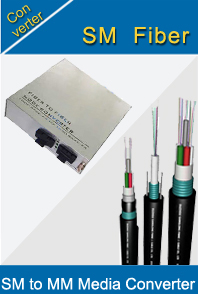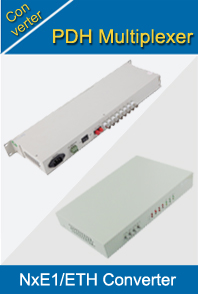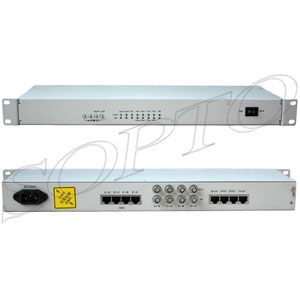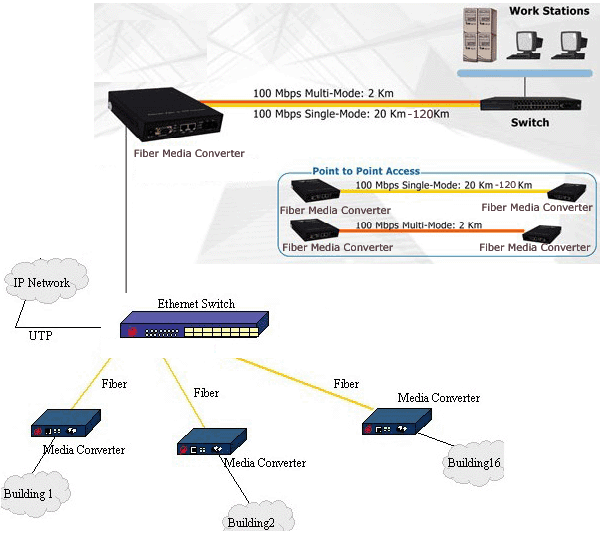-

- Sopto Home
-

- Special Topic
-

- Converter Knowledge
-

- What is Signal to Noise Ratio?
Converter Knowledge
- Form Factors and Application of Ethernet Media Converter
- Ethernet over 4 E1 Converter Brief Introduction
- What is the Difference between RS232 and RS485 Serial Interfaces
- What is the Difference between RS232 and RS485 Serial Interfaces
- How to Convert an Analog Telephone to VoIP Protocol?
- How to Find the Internet Protocol Address and Media Access Contr
- How to Convert from Fast Ethernet to Fiber Optics?
- How to Connect a Fiber Converter?
- How to Convert Ethernet to Fiber Media Converters?
SOPTO Special Topic
Certificate



Guarantee
Except products belongs to Bargain Shop section, all products are warranted by SOPTO only to purchasers for resale or for use in business or original equipment manufacturer, against defects in workmanship or materials under normal use (consumables, normal tear and wear excluded) for one year after date of purchase from SOPTO, unless otherwise stated...
Return Policies
Defective products will be accepted for exchange, at our discretion, within 14 days from receipt. Buyer might be requested to return the defective products to SOPTO for verification or authorized service location, as SOPTO designated, shipping costs prepaid. .....
Applications
An Ethernet to Fiber Media Converter can also be used where there is high level of electromagnetic interference or EMI which is a common phenomenon found in industrial plants. This interference can cause corruption of data over copper-based ethernet links. Data transmitted over fiber optic cable however is completely immune to this type of noise. An Ethernet to Fiber Optic Converter therefore enables you to inter-connect your copper-ethernet devices over fiber ensuring optimal data transmission across the plant floor.
SOPTO Products
- Fiber Optic Transceiver Module
- High Speed Cable
- Fiber Optical Cable
- Fiber Optical Patch Cords
- Splitter CWDM DWDM
- PON Solution
- FTTH Box ODF Closure
- PCI-E Network Card
- Network Cables
- Fiber Optical Adapter
- Fiber Optical Attenuator
- Fiber Media Converter
- PDH Multiplexers
- Protocol Converter
- Digital Video Multiplexer
- Fiber Optical Tools
- Compatible
Related Products
Performance Feature
Converter Knowledge
Recommended


What is Signal to Noise Ratio?
In analog and digital communications, signal-to-noise ratio, often written S/N or SNR, is a measure of signal strength relative to background noise. The ratio is usually measured in decibels (dB).
If the incoming signal strength in microvolts is Vs, and the noise level, also in microvolts, is Vn, then the signal-to-noise ratio, S/N, in decibels is given by the formula
S/N = 20 log10(Vs/Vn)
If Vs = Vn, then S/N = 0. In this situation, the signal borders on unreadable, because the noise level severely competes with it. In digital communications, this will probably cause a reduction in data speed because of frequent errors that require the source (transmitting) computer or terminal to resend some packets of data.

Ideally, Vs is greater than Vn, so S/N is positive. As an example, suppose that Vs = 10.0 microvolts and Vn = 1.00 microvolt. Then
S/N = 20 log10(10.0) = 20.0 dB
which results in the signal being clearly readable. If the signal is much weaker but still above the noise -- say 1.30 microvolts -- then
S/N = 20 log10(1.30) = 2.28 dB
which is a marginal situation. There might be some reduction in data speed under these conditions.
If Vs is less than Vn, then S/N is negative. In this type of situation, reliable communication is generally not possible unless steps are taken to increase the signal level and/or decrease the noise level at the destination (receiving) computer or terminal.
Communications engineers always strive to maximize the S/N ratio. Traditionally, this has been done by using the narrowest possible receiving-system bandwidth consistent with the data speed desired. However, there are other methods. In some cases, spread spectrum techniques can improve system performance.
The S/N ratio can be increased by providing the source with a higher level of signal output power if necessary. In some high-level systems such as radio telescopes, internal noise is minimized by lowering the temperature of the receiving circuitry to near absolute zero (-273 degrees Celsius or -459 degrees Fahrenheit). In wireless systems, it is always important to optimize the performance of the transmitting and receiving antennas.
For more info, please browse our website or contact a Sopto representative by calling 86-755-36946668, or by sending an email to info@sopto.com.




